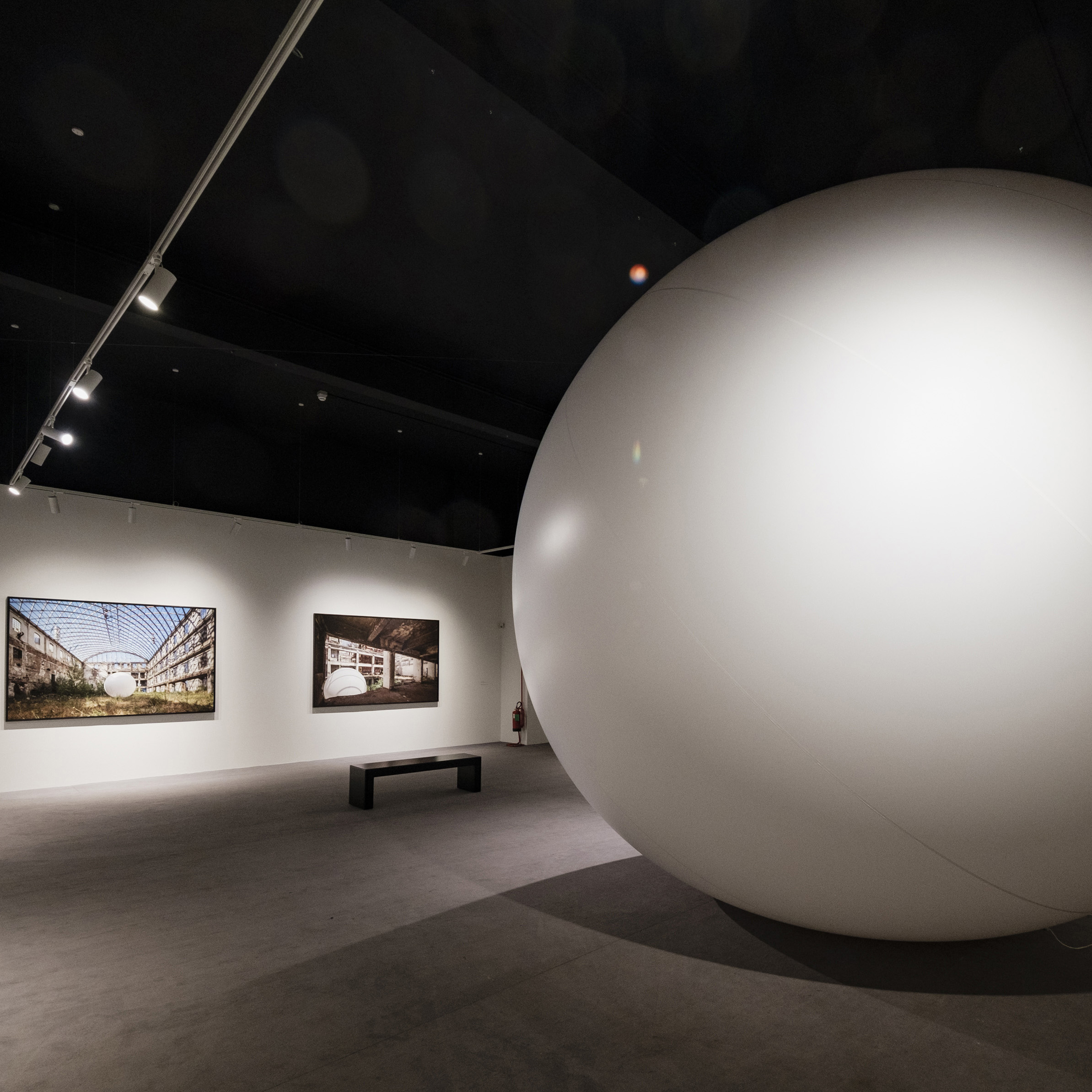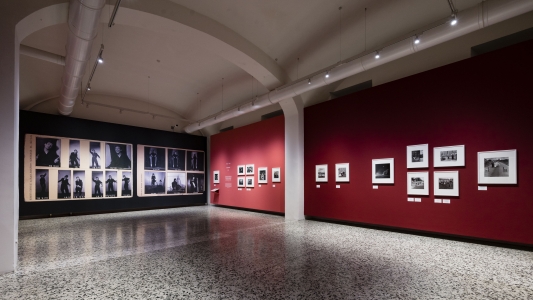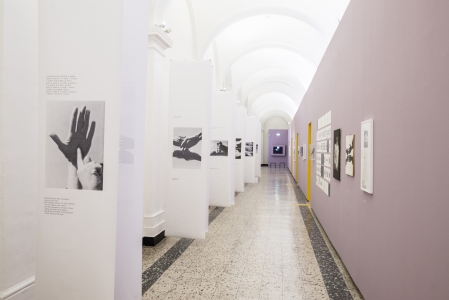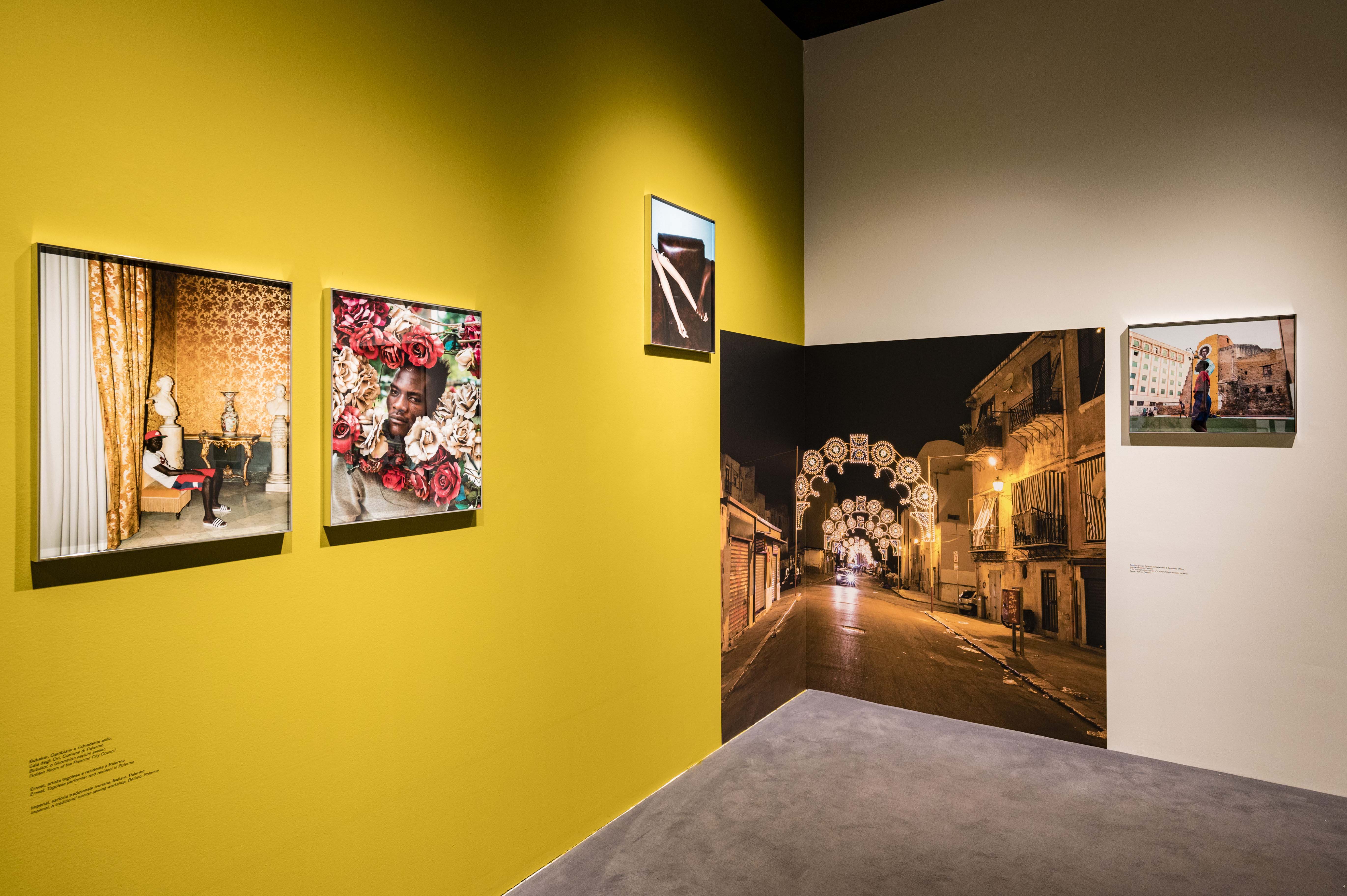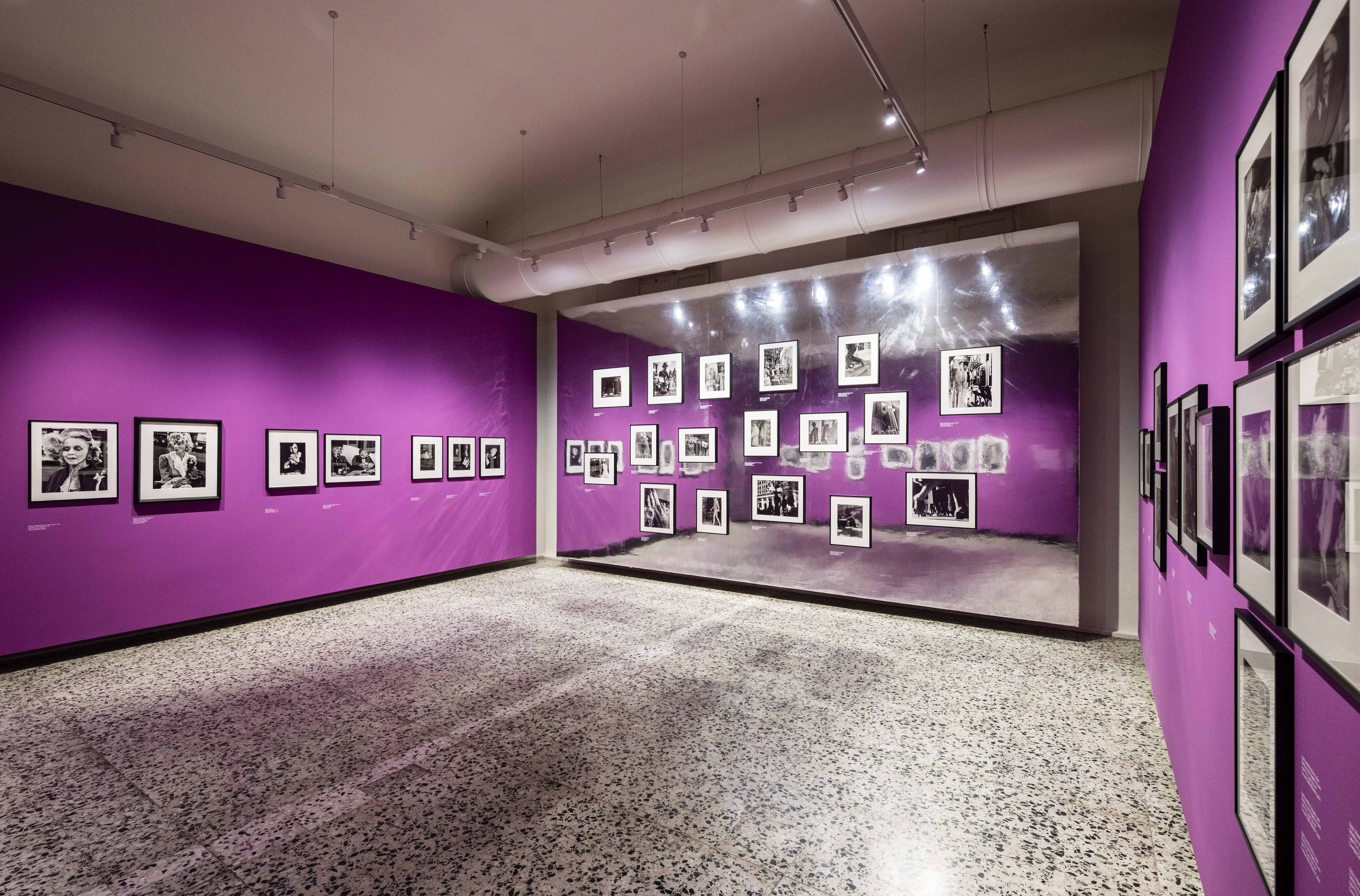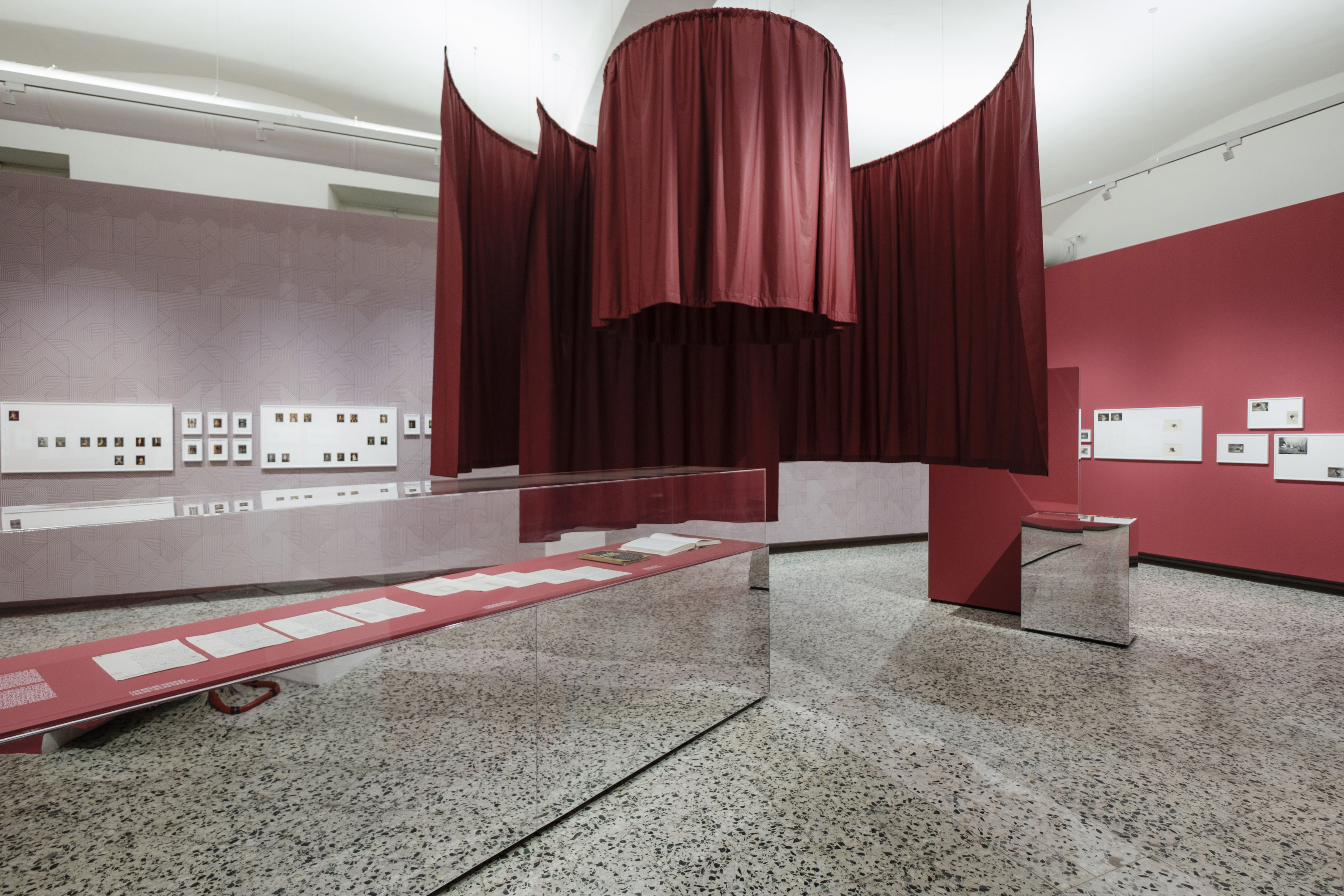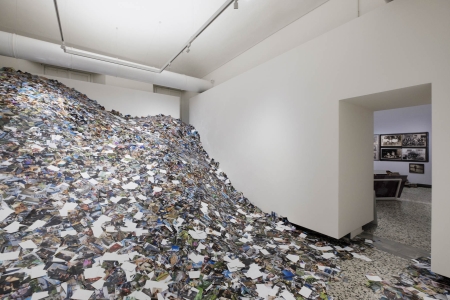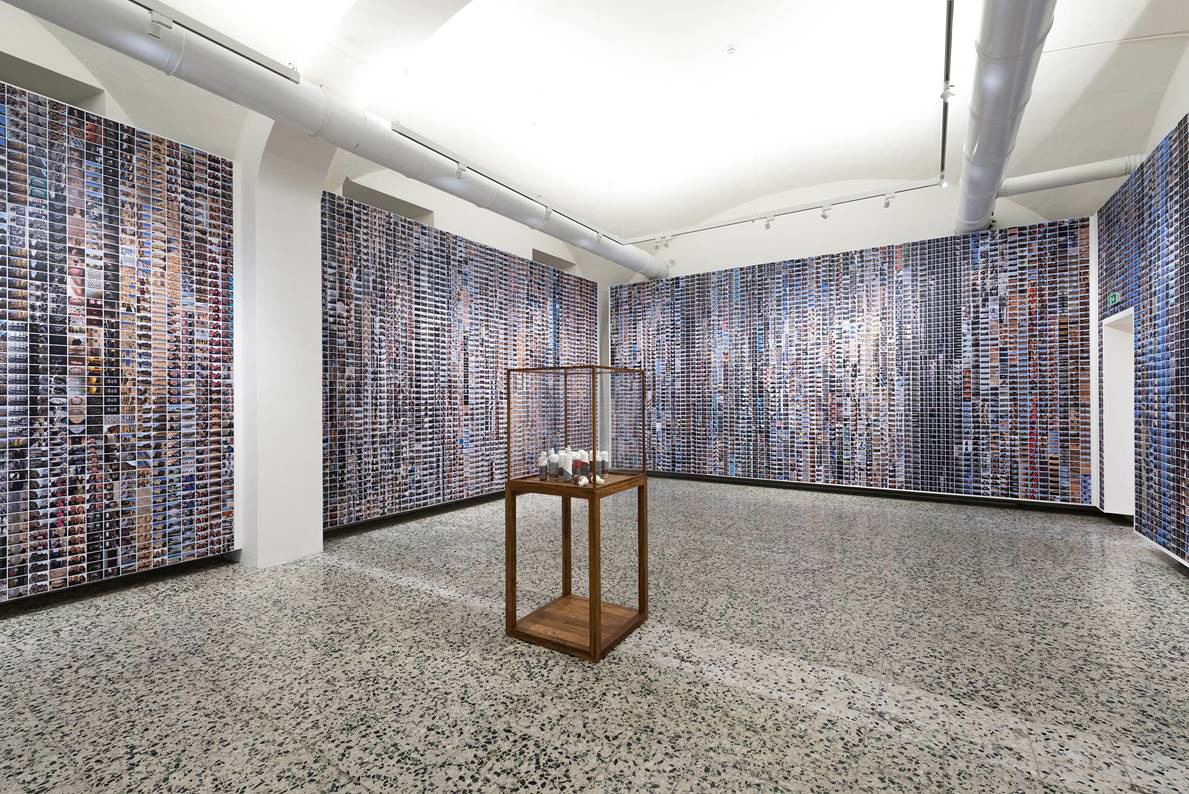Interview to Emanuele Chieli
President of CAMERA – Centro Italiano per la Fotografia
Seven years and almost sixty exhibitions have passed since that first October 2015 when CAMERA – Centro Italiano per la Fotografia – opened in Turin. What is the genesis of such an ambitious and successful project, in a country, like Italy, that still does not perceive photography as an artistic expression of contemporaneity?
The idea of CAMERA was born starting from this objective fact, that of a country where photography has not yet fully established itself, and above all that struggles to place it in a leading role within the artistic panorama. Thus, looking at the great institutions abroad that deal with photography – particularly France, which has a solid tradition in this regard – we had the idea of creating a reference centre in Italy, a unique pole dedicated exclusively to photography, not only in terms of exhibitions, but also in terms of content development. The primary objective of this Foundation is therefore the promotion of photography in all its forms, in all its potential expressions, and also to give centrality to Italian authors, which is for us a significant and relevant goal, because we believe that there is a need to put the spotlight on this subject, and to make the right contribution to making it known. Starting from this idea and these assumptions, we set up a group of ten photography enthusiasts, and together we created CAMERA, which had its evolution, the birth of a promotional committee, and from this the Foundation that we know today, with strong roots in the Piedmontese and Italian territory, but at the same time with an international outlook.
CAMERA’s cultural offer crosses diverse and complementary activities. Is being curiously diverse a prerogative of CAMERA?
This is a prerogative that I particularly appreciate in my role as president, which is part of the guidelines dictated by CAMERA’s board of directors, hence of the artistic direction – held for five years by Walter Guadagnini – to which the exhibition programme is entrusted. The heterogeneity is expressed both in the activities and in the proposal, the basis of all good programming, that CAMERA, both as a foundation and as a pole of promotion and research, wants to offer the public, a composite public of connoisseurs but also of neophytes, to make them appreciate its multiformity, variety, and therefore, the many different languages photography offers. In order to be heterogeneous, the Foundation’s cultural offer includes various activities: exhibition programming; didactics and training, with laboratories and workshops; research and the census of public and private archives, in collaboration with the Ministry of Cultural Heritage and Activities and Tourism, for the valorisation of our photographic heritage; meetings open to the public with scholars, cultural personalities, and local realities, as an opportunity to learn more about photography.
CAMERA’s work is supported by public and private partners. What is the balance of this collaboration with respect to a successful Anglo-Saxon model?
The model we have conceived from the outset is a foundation that benefits from the support of a plurality of private partners. It is a unique model in the cultural sphere in Italy, which differs substantially from other private realities supported by a single founder, or realities with public participation. A choice that I believe to be a winning one in terms of the independence of its programming, the independence of its cultural choices, but also the choral responsibility in the face of difficulties, as well as the sharing of successes. These are the two faces of a cultural model that is still unique in Italy.
Photography has been a major player in research and the international art market since the 1990s, ever since image manipulation tools blurred the boundary between photographer and artist. What do you think is the role of photography in narrating our present?
The CAMERA Foundation, through its heterogeneous proposals, has allowed the public and us first to get to know different expressions, different photographic modes and worlds, which compared to the documentary and testimonial genre of photography, which we know better, and which is better known to the general public, has widely evolved and diversified in its languages. In recent years CAMERA has hosted different artists: artists who have made the history of photography, established artists, emerging artists, artists who use the camera in a traditional way, artists who develop different methodologies, artists who work with the image without ever having taken a photo, with the ability to give new life to ‘found’ and reinterpreted photographs. Today, photography is first and foremost a language, and for the new generations the first way of communicating, thus a tool for planning and future vision. To speak of photography without thinking of the contaminations that photographic language has necessarily assumed, and how this will develop in the future, would be highly reductive. Therefore, to speak of photography is increasingly to speak of different artistic expressions, which, starting from the image, probe other visual forms. The photographic tools themselves, thanks to technology, are broadened and increasingly sophisticated, and therefore in constant progress. Think of the mobile phone, the importance of digital, satellite, and think of artists who, putting themselves to the test, go beyond the concept of photography, working on the image with tools such as photocopiers and scanners. All of this is particularly interesting precisely because it is in a state of evolution, and it means that the photographic language that was thought to be circumscribed, now instead has infinite potential for development, perhaps not even imaginable.
Analogue or digital, the problem with photography is the authenticity of the print run, which substantially affects the economic value. What are the golden rules that a collector must always keep in mind?
The reproducibility of the photographic image is what has always put a limit on the growth of the value of works, and fuelled the mistrust of collectors, not only of the general public. But we know very well that rules and terms are there, if they are to be applied, for artists and for the market. I have noticed a great seriousness on the part of the new generations of photographers in strictly observing the print run limits, because the value of a work is also determined by this. I think the collector who moves in the photography market should always check the provenance of the work, the edition, the print run, as an additional element of knowledge to what is stated. Vintage photography, which has a large collector’s base, obviously acquires a value precisely because of the object itself, the fact, for example, that it was printed with processes that have disappeared, such as silver salts, but in any case this too has precise rules to understand its value.
In a society determined by the power of the image, how important is knowledge as a critical discriminator?
It is a subject that is particularly close to my heart. To think that the image is truthful, that it corresponds to reality, is false, because photography is first and foremost interpretation, and this is closely linked to the message you want to give, the thought you want to express. The photographer’s eye is always subjective, and what we see is never reality, but rather his/her interpretation of reality. This is why with CAMERA, especially when we address schools and the younger generations, we insist on the educational aspect of the image, we try to make known what the necessary tools for reading and understanding photography are, which are indispensable to take an active and aware role, at least a critical one, because a passive approach is always potentially dangerous, especially in our era, where the image overwhelms us and lowers our levels of analysis between what is true and what is plausible.

